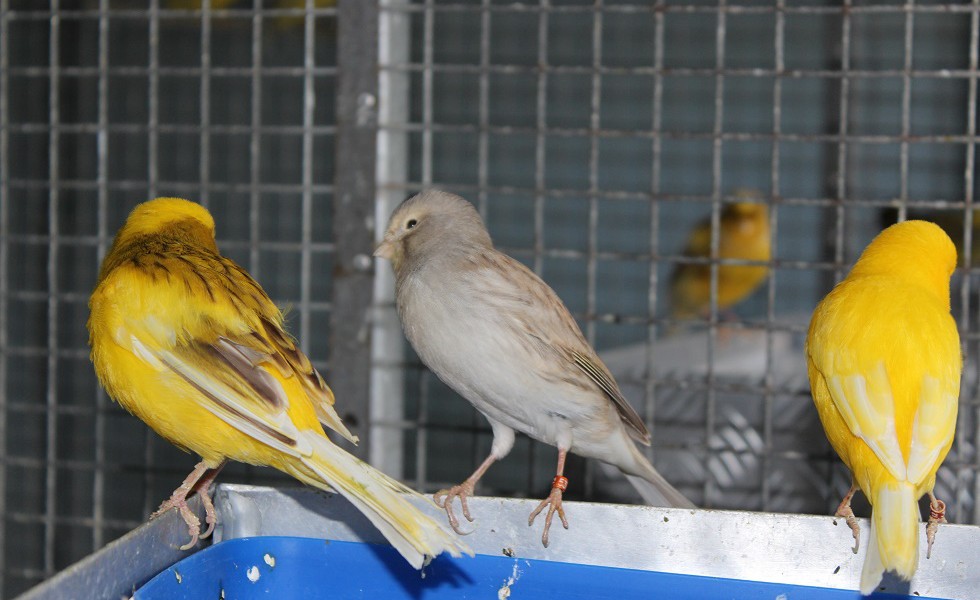
TYPES OF CANARIES
CHOOSING THE RIGHT BIRD
Many a new enthusiast are lost to the keeping of Canaries due to selecting the wrong variety in the first place. To try and help the novice cheese wisely, here is a list, of Canaries describing their good and bad characteristics.
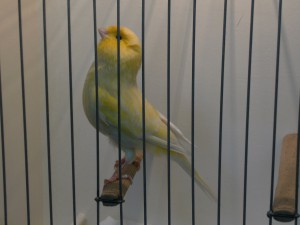
THE AUSTRALIAN PLAINHEAD CANARY – a stylish bird that more than holds its own on a show bench and unique to Australia. Its origins are found in the old styled Norwich. They are available in colours of yellow and white ground. In clear and variegated. Like most larger breeds the youngsters are more difficult to breed. The demand for good birds far exceed the supply. Not a good bird for the beginner.
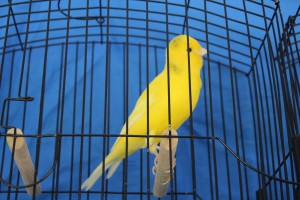
THE BORDER CANARY – by far the most papular canary and has been for many years. There is always plenty of competition on the show bench for this variety. It is a bird, of action and requires a fair amount of training, but a good bird for the beginner to start with.
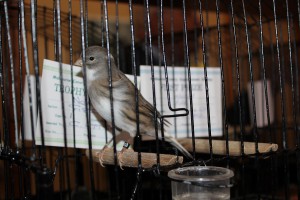
THE FIFE CANARY – The Fife is a small, active and prolific breeder requiring no specialised treatment and so easy is the bird to breed that it is often used as a foster parent for other different varieties. Recommended as a brred for the novice breeder.
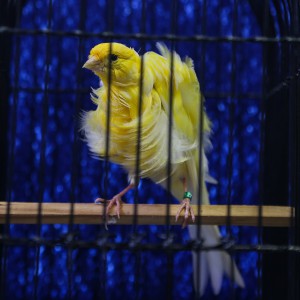
THE FRILLED VARIETY – Described by many as the ” unusual” variety and is sure to attract attention. The Frill is not a prolific breeder and not recommended for the novice breeder. There are many different varieties of Frills such as Dutch and Parisian.
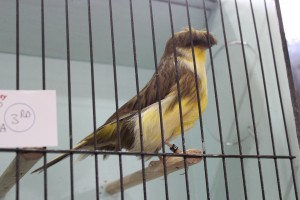
THE GLOSTER CANARY – quite a little bird which is the product of the last century and is rapidly catching up in popularly to the Border Canary. It comes in two quite different types – Corona (which carries the crest) and the Consort (a plain head). The crested bird should always be paired to the plain headed bird. The latter cannot breed a crest unless it is paired to a crested bird. It does not matter which sex carries the crest. As with as the Border, there is always plenty of competition. A good variety for the Novice to begin with
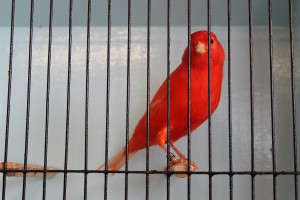
COLOUR CANARIES – offer a wide scope for the breeder fancier, but there are so many different branches in this breed and it is very difficult to advise the beginner. All the Red series need colour feeding, but this is no problem today as most breeders simply place Cantaxanthin Red in the drinking water. There is more to learn about coloured Canaries than in any other branch of the fancy. For many fanciers taking up this breed in a serious way, there is a life time of interest.
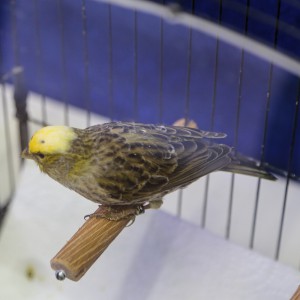
THE LIZARD CANARY – neat and attractive bird. The majority of specimens are good, they are free breeders and come in two main colourations with either a geld, or silver cap and have no hesitation in recommending them to the beginner.
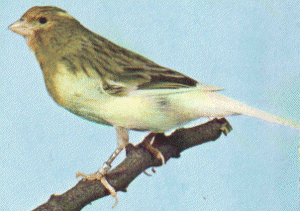
THE ROLLER CANARY – should soft sweet sing be your fancy, and then this is the bird for you. The Roller is quite a small bird and is a good breeder.
They are judged solely on song and the price is reasonable.
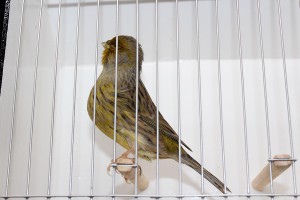
THE NORWICH CANARY – a grand bird that more than holds its own on a show bench. They are prone to feather cysts and one must ensure that the birds carrying the correct feather are paired. The demand-for gad birds far exceed the supply. Not a good bird for the beginner.
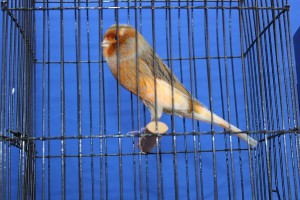
THE YORKSHIRE CANARY – a fine canary however can be a difficult breeder. They require good feather, good size, verve, plenty of leg and a great deal of training. Not the best bird for a beginner
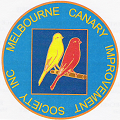 Melbourne Canary Improvement Society
Melbourne Canary Improvement Society